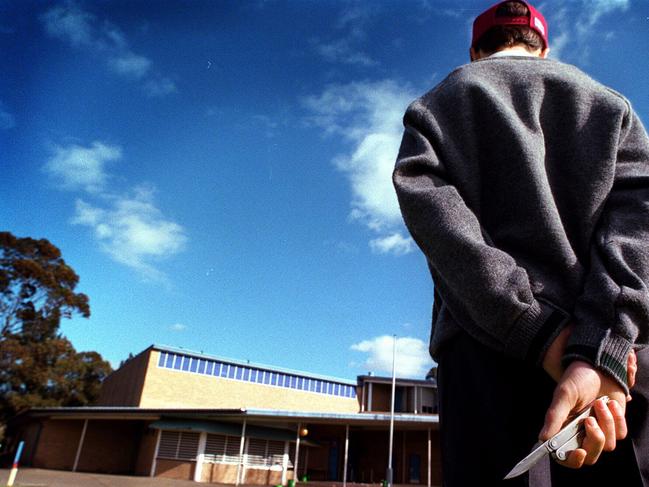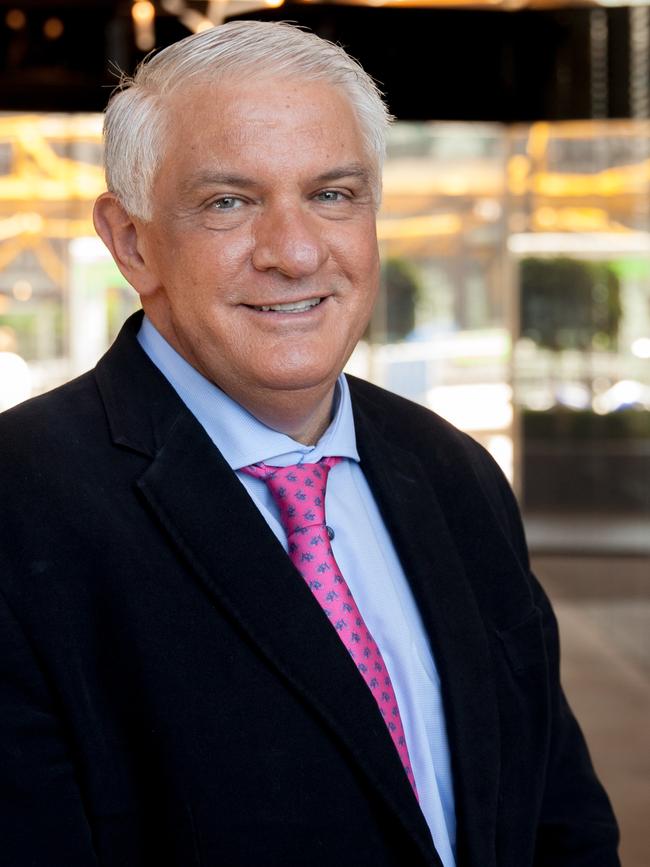NSW public school violence up by one third since 2015
A rising tide of assaults in public schools has alarmed education experts, with violent incidents up by more than a third in the past four years.
Education
Don't miss out on the headlines from Education. Followed categories will be added to My News.
- Suspension of violent kindy kids up 50 per cent
- Why racing cars is proving a learning success
- Young students to be told ‘uni is not the only option’
- Back to basics: Major school curriculum overhaul
A rising tide of assaults in public schools has alarmed education experts, with violent incidents up by more than a third in the past four years.
According to new data released by the NSW Education Department, 632 teachers were assaulted by their own students this year.
The total number of assaults in school has jumped 36 per cent — from 1668 in 2015 to 2270 this year.
Experts say parents allowing their children unfettered access to violent programming on streaming services as well as video games has created a generation desensitised to physical assault.
The data, which is broken down by school district, reveals some of the most violent classrooms are in Sydney.
In the city’s southwest 17 teachers in the Camden district have been physically assaulted so far this year with another 15 teacher victims in the Bankstown region.
In Western Sydney, the Girraween school region also had 14 incidents of teacher assault with 17 so far this year in the Mount Druitt area.
Wagga Wagga was the most violent school area with 50 students responsible for assaults so far this year, and 10 teachers bashed by students.
Secondary Principals’ Council president Craig Petersen said children were increasingly exposed to serious violence because parents gave them unfettered access to internet streaming services and violent games such as Fortnite.
As a result, he said the current crop of young people were more likely to think violence was an acceptable way to resolve conflict.
“It is a worrying phenomenon and we need to call it out and try and find ways to address the root causes,” he said.

“The depiction of violence in film, television and video games tends to be far more graphic than it used to be.
“You have got to look at what is being modelled in society, the films that they’re watching, the video games that they’re playing,” he said.
Deakin Professor of Educational Leadership Phil Riley said parents were also to blame as children were modelling their poor behaviours.
“There is this huge increase in parental violence as well so I am thinking it is spilling over into students,” he said.
His research has looked at principals who have been victims of attacks by angry parents. “We are getting increasing reports of people ending up in hospitals because of the attacks — broken bones and worse,” he said.
“I have heard of people backed up against a wall with somebody’s elbow across their neck and that sort of thing. The frequency is increasing and the intensity is increasing … NSW has had one of the biggest increases in the violence.”
Leading child psychologist Michael Carr Gregg said schools needed to work with police and governments to send the message to children violence was not OK.

“This is a generation which has been brought up with a diet of violence as entertainment,” Mr Carr Gregg said.
“It just seems to me there is a general deterioration of respect for authority and I think that underlies a little bit of what we’re seeing.”
“If you think about their video games, the movies they watch, you think about the social media … that is the glorification of violence.”
Mr Carr Gregg said he was not surprised by the classroom violence statistics.
“I think these figures are a clarion call for parents, schools and communities to do something about it, to give these kids the skills that they so clearly lack.”
An Education Department spokesman said schools were among the safest places in t he community. “Principals will take strong action when inappropriate behaviour interferes with the safety of the school community.”
He said when incidents happen, the Department’s Incident Support Unit, which includes seconded police officers, co-ordinates support and advice to schools.
